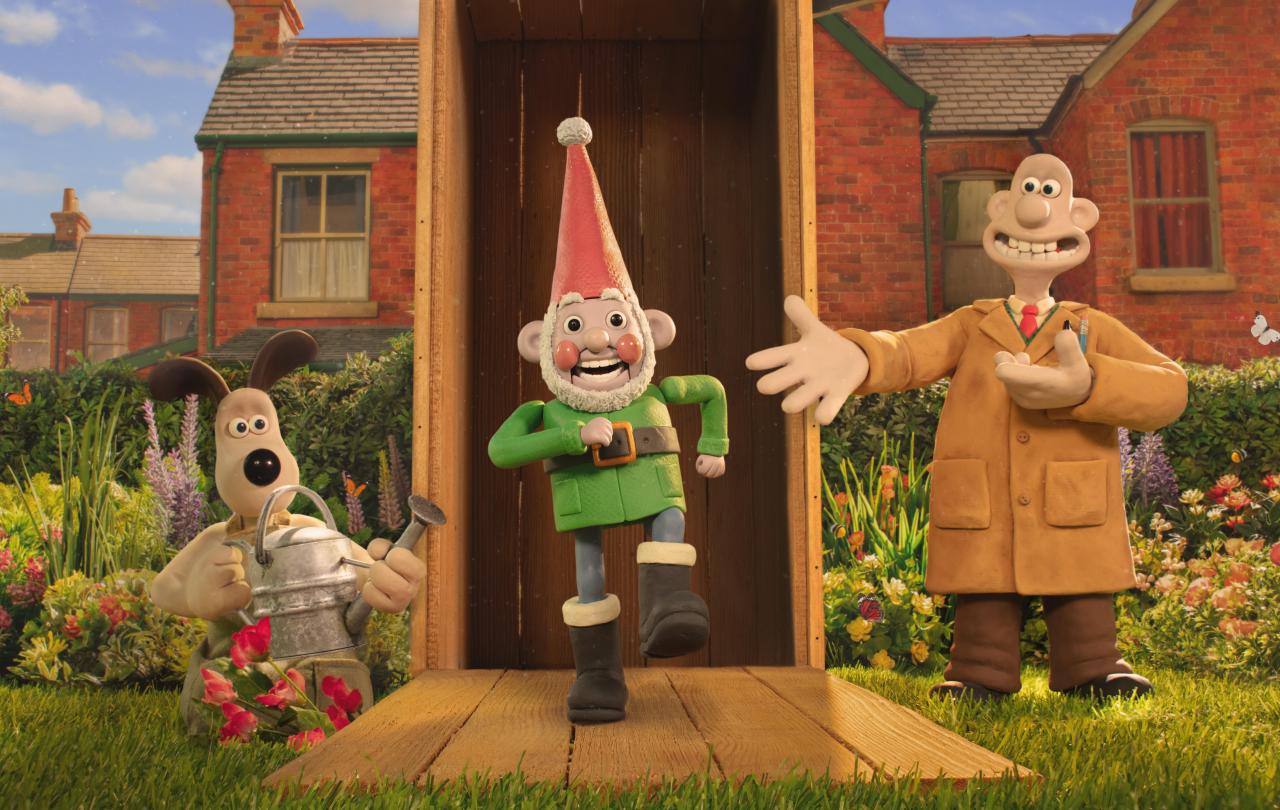‘USA and Ukraine sign a minerals deal.’
Two months ago, this headline looked impossible. The world watched in horror as President Zelensky was mistreated in the Oval Office and then appeared to be booted out of the White House before scheduled negotiations for the deal could begin. Zelensky left Washington having been publicly humiliated by the most powerful leader in the world.
Whether he was blindsided, underprepared, badly briefed, misguided, disrespected, the victim of bullying or some combination of all of the above, the stakes for both him and Ukraine were as high as it could possibly get.
These sort of political bust-ups if they happen, happen behind the scenes. But this was in the open, on air, for all the world to see. Not only then but it is available to view online in perpetuality.
Now for just one minute, put yourself in President Zelensky’s shoes, what would be your next move? Me, I am probably going to cry, check my socials, go to sleep and say I am going home. I am done for the day. So many thoughts would be going through my mind. In all honesty, I would probably be going through all the stages of grief!
Denial – ‘I can’t believe that just happened. Did they really just throw us out?’
Anger – ‘What was J.D. Vance doing? Why did they gang up on me? I thought we were allies. I am not coming back here ever again.’
Bargaining – ‘Let’s get them on the phone. Does anyone have a contact we can reach out to? Can someone try to call the Secretary of State, Marco Rubio on private number?’
Depression – ‘What have I done? I have made things infinitely worse for my people and our country. Will we ever win this war? Will I be responsible for the surrender and end of Ukraine? Maybe I should resign and we hold elections?’
Acceptance – ‘It has happened now. No use crying over spilt milk.’
At this point I would say, ‘I am going to bed. Let’s start again in the morning’ (I think you can see why I am not a political leader).
When I put myself in President Zelensky’s shoes and I think back to that day in February, (putting the war itself aside) and contrast it with his recent meeting with President Trump at Pope Francis’ funeral alongside the minerals deal, I am reminded of old wisdom found in an old book - the Bible.
'Even if good people fall seven times, they will get back up.'
Public humiliation, shame, disappointment and failure are often times when we give up and disqualify ourselves. Rather than view it as a moment in time, we tend to claim our failure, mistake or mishap as part of our identity. This often causes us to walk away from good opportunities and hold ourselves to an unattainable standard. My Christian faith teaches me to place my identity not in anything I do but in what Jesus Christ did for me when he died on the cross for my mistakes. Jesus like Zelensky, faced public humiliation and shame. He is the ultimate example of how I ought to respond in the face of opposition. Jesus did not respond to his accusers and remained focus on his mission to save not just a one nation but an entirely broken world. Every so often I need to be reminded of this.
Very few of us, if any of us, will ever face the level of public humiliation or as high stakes as President Zelensky did on that day (even if it feels otherwise). Things will go wrong, we will make mistakes, people will cause us embarrassment, but it will only be for a moment in time. This new minerals deal is a reminder that things can and will get better. Our mistakes or bad circumstances do not define us, we can and will recover if we are able to get up and try again.
Celebrate our 2nd birthday!
Since Spring 2023, our readers have enjoyed over 1,000 articles. All for free.
This is made possible through the generosity of our amazing community of supporters.
If you enjoy Seen & Unseen, would you consider making a gift towards our work?
Do so by joining Behind The Seen. Alongside other benefits, you’ll receive an extra fortnightly email from me sharing my reading and reflections on the ideas that are shaping our times.
Graham Tomlin
Editor-in-Chief





